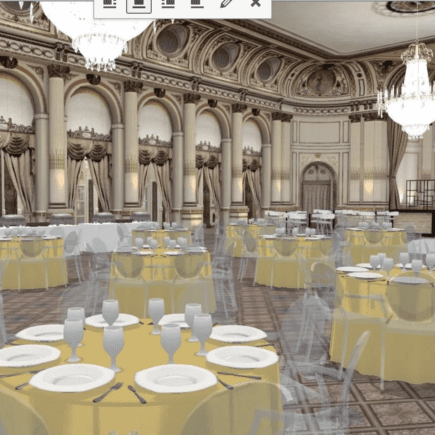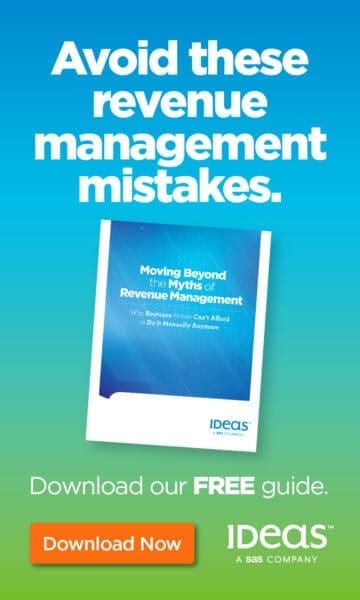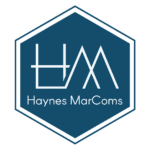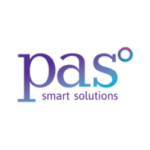 If you aren’t suffering from ‘Zoom fatigue’ by now then consider yourself lucky. The increased cognitive strain of looking at people while also trying to figure out what each is saying can be exhausting. This is doubly true for hoteliers who work in an industry notorious for its meetings upon meetings.
If you aren’t suffering from ‘Zoom fatigue’ by now then consider yourself lucky. The increased cognitive strain of looking at people while also trying to figure out what each is saying can be exhausting. This is doubly true for hoteliers who work in an industry notorious for its meetings upon meetings.
The sorry news is that Zoom, Google Meets and Microsoft Teams are here to stay. Yes, we crave to meet in-person, but the efficiencies of videoconferencing (that is, cost savings) make them too good to disregard. Acknowledging this, it’s time to reflect on how we can improve our communication skills via this medium so that team members remain as productive as possible.
As we are in the hotel industry, we should aim to inject a sense of traditional hospitality into videoconferencing. This will work to boost spirits while also reinforcing a proper sense of attentiveness necessary for when your teams will interact with guests onsite. As such, here are ten hotel-centric suggestions for getting the most out of videoconferencing.
- Review your equipment and location. Many older laptops lack the RAM to handle or hold video from a camera while others may have driver conflicts. Those working from their cottages may find that there is insufficient internet bandwidth for videoconferencing. In all cases, audio-only communications may be better as lag or a low framerate can be jarring for recipients.
- Know your software. All videoconferencing programs are slightly different. When dealing with staff, you have likely already subscribed to one application or another. But when it comes to guests, understand that the customer is always king and you must meet them on their turf. Besides understanding the basic differences of all these programs, one commonality is that it is difficult for multiple people to speak at once, so be especially patient and plan your approach accordingly.
- Check your own image. Lighting and sound are important. Similar to meeting someone in person, what you wear will leave an impression, both for your team and for guests. While it’s fun to joke about meeting in your pajamas, the honeymoon phase of videoconferencing is over and perhaps it’s time for a dress code to be implemented. Remember too, you’re on camera all the time, so no odd facial expressions please. I attended a meeting where one of the invitees decided to floss her teeth.
- Background check. Most of us are working at home, often from a desk in a room that might also be a bedroom. But that does not mean we should see an open clothes closet, kids watching TV or other personal effects. Conversely, the artificial background images available on many applications appear phony and often create odd grayscale bordering effects when you move in your seat. My advice is to treat your background as an extension of your personality where family portraits, shelves full of books and artwork can also deepen your rapport with other users.
- Be punctual. If you’ve called a meeting for a specific time, be there a few minutes before to check out your audio, video and lighting. Don’t make attendees wait as this can quickly become a bad habit that others will imitate.
- Stick to an agenda. If you need to, print out the agenda and have it handy for your reference during the meeting. Many people are finding that they have too many videoconferencing meetings already, meaning that boredom and frustration abound. Short and sweet ensures that your team’s concentration doesn’t wander, while perhaps you can also allocate some time at the end of weekly checkups for an open discussion or for others to bring up certain issues you haven’t covered.
- Avoid wearing headgear. I know many headsets offer superior sound clarity but they make you look like a pilot or a taxi dispatcher. This is hospitality, not air travel. You already have the unconscious psychological barrier of video versus in-person to deal with and you don’t need another obstacle for effective personal communication.
- Consider using the record button. This may be important if a complex point is being discussed that does not result in a direct and clear next step emerging at the end of the meeting. Proper etiquette also suggests that you take the time to advise participants accordingly so that they don’t feel hoodwinked afterwards.
- Treat the meeting seriously. Issue a summary or recap of next steps, then send it out within 24 hours of the meeting. With so many younger team members who may not have the necessary self-discipline skills in place, this is critical to keep everyone on track with their objectives and to ensure that all staffers know their specific roles without having to nag.
- Get used to it. While it is hard to imagine a hotel executive committee meeting held regularly this way, it is not out of question. Whatever you believe regarding the seriousness of a second wave, the fact remains that our society nowadays runs on fear and even an inkling of an outbreak may force you back into isolation. Videoconferencing is here to stay, so you must learn to integrate it as part of the regular workweek.

























